Retro music centers: features, an overview of Soviet and foreign models

Retro music centers have their own extraordinary charm, which is not available to many newer models. They have their own characteristics that every interested audiophile should know about. It is also useful to take into account the review of Soviet and foreign models (both versions are good in their own way).
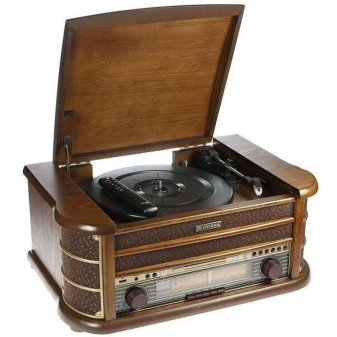

Peculiarities
First of all, a retro music center (any) does not have the same technical base as modern counterparts. This circumstance is even more important in practical terms than design differences. We'll have to stock up on recording media of obsolete standards.
But in appearance, such a product will perfectly fit into any "old-fashioned" apartment. Or it will simply become an expression of originality and respectable taste of the owner.
The absence of sophisticated (by modern standards) electronics, even in the best centers of the 1970s, only did her good. Otherwise, such products could not have survived for a long time. However, simplicity in this case is not equal to primitiveness. Already in those distant times, they knew how to provide noise suppression, create an indication with backlight. Advanced examples could include tuners for different bands and even multichannel amplifiers. There are options with both a cassette deck and vinyl playback.
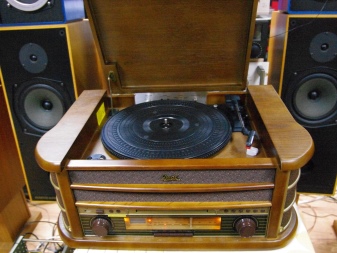
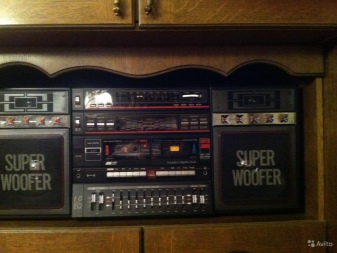
USSR models
Domestic vintage music centers spread throughout the 1960s. More precisely, it is now considered vintage, but back then the most common radios were considered quite relevant consumer electronics.
It is curious that the earliest radio tape recorder of the USSR SVG-K (with a radio receiver based on superheterodynes and a gramophone, console format) appeared back in 1938.
It is difficult to say how this sphere would have developed if there had not been a war. But what is certain is that tube radios were very widely used until the 1980s.
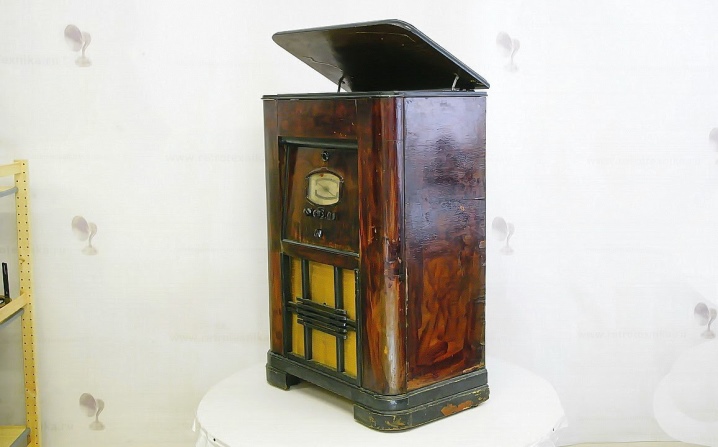
The decline of the radio came in the late 1970s. Then transistor electronics finally demonstrated their superiority over tube electronics, even over its best examples. Connoisseurs may recall the UMP-1 “universal tape recorder”. This device appeared back in 1954. Now such a device can hardly surprise anyone, while both the prototype and the beginning of its industrial production were covered in the "Technology of Youth". The device could be used to record audio via:
- microphone;
- line of wire broadcasting;
- terrestrial radio receiver.
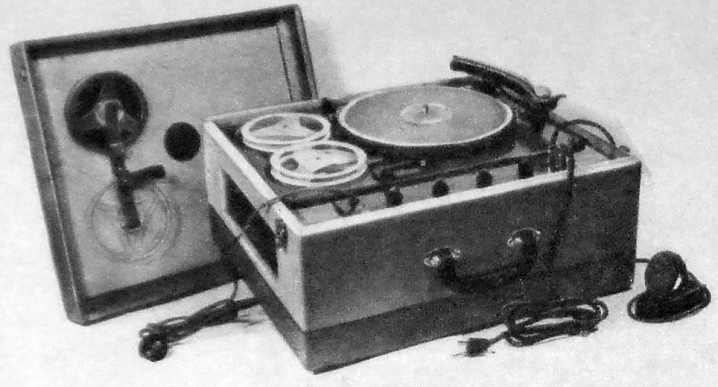
In 1956 and 1957, the more advanced Elfa-6 apparatus was produced. He belonged to the long-forgotten class "tape recorder-radio gramophone". The Vilnius development could play records at speeds of 33 and 78 rpm (with frequencies from 100 to 2000 and from 100 to 5000 Hz, respectively). The device consumes 0.07 kW per hour. Harmonic distortion does not exceed 4%.
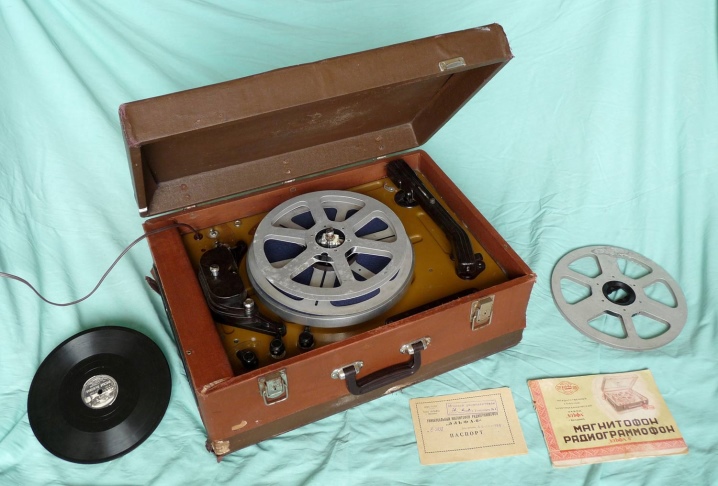
In 1978, the Berdsk radio plant presented the Vega-115-stereo to the public. This music center worked, of course, in mono mode. Were already provided for a microlift and hitchhiking. During recording and subsequent playback, the signal-to-noise ratio was 42-44 dB. The total weight of the kit reached 38 kg.
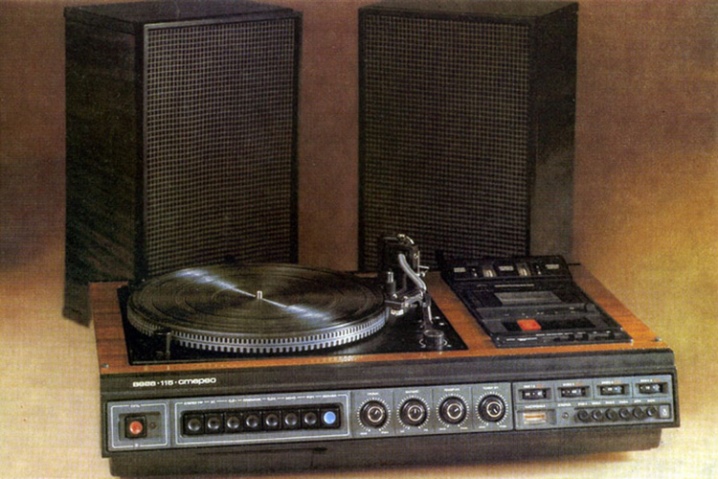
You can also mention such models:
- "Romance-001-stereo";
- "Melody-105-stereo";
- "Radiotekhnika-101-stereo";
- "Ode-102-stereo".

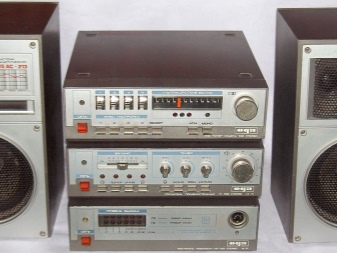
Foreign
Music centers released abroad during the 90s of the last century are already history. But they have not yet managed to get into the list of "indisputable retro". But the models that appeared from 1970 to 1989 are in the lead there. A good example of this is the JVC RC-M90.
The device is often even considered "the best boombox ever made."And the point is not in appearance - it is just that very few people are able to impress. But in technical terms, the JVC RC-M90 shows itself from the best side.
Its useful to note:
- support for a variety of cassettes;
- excellent heads;
- Dolby noise reduction;
- decent sound, fully compliant with Hi-Fi standards.
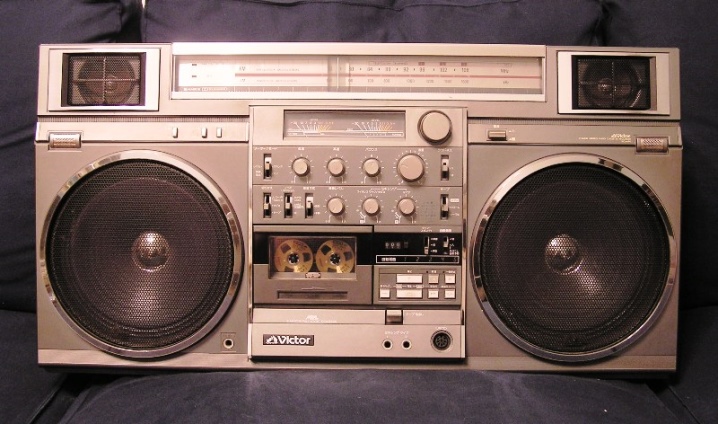
Alternatively, you can consider CONION C-100F... It is already unique that there were no music centers with an anti-theft system based on laser sensors before. And in this model, just such a solution is used. The power of the sound coming from the three-way speakers was mind-boggling. Re-recording was provided by a two-cassette deck.
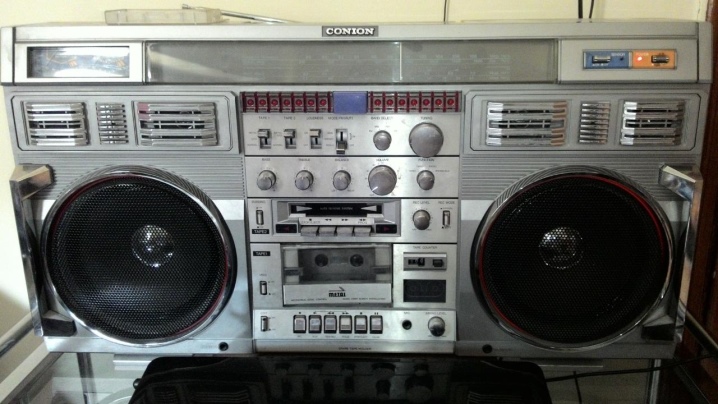
The PANASONIC RX 5350 is another model that once shone. It is believed that it was she who dropped the JVC RC-M90 from the pedestal. The two-way speakers have an 8-inch bass unit. The graphic equalizer has 5 bands.
In order for the music center to work autonomously, you will need 10 pieces of D-format batteries.
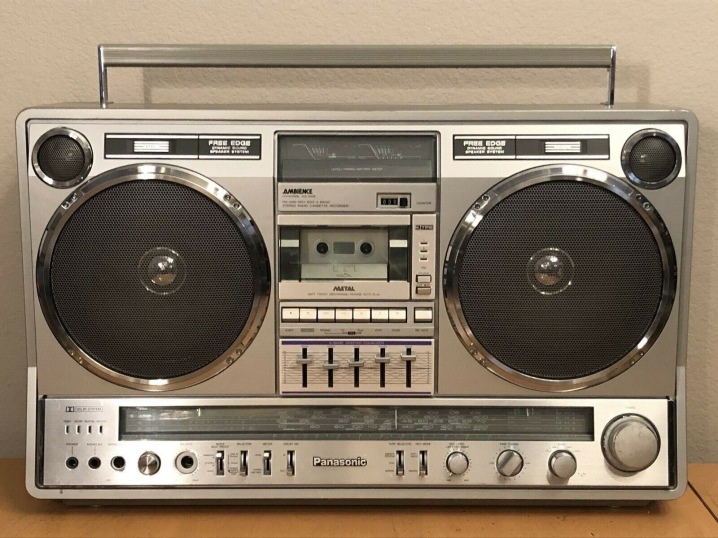
When talking about music centers in the 1970s, they rarely pass by JVC MF-55LS... It uses ANRS (Proprietary Noise Reduction System). The internal amplifier provided 25 watts of audio power per channel. For connection, not only a special DIN wire could be used, but also a simple cable stripped of insulation.
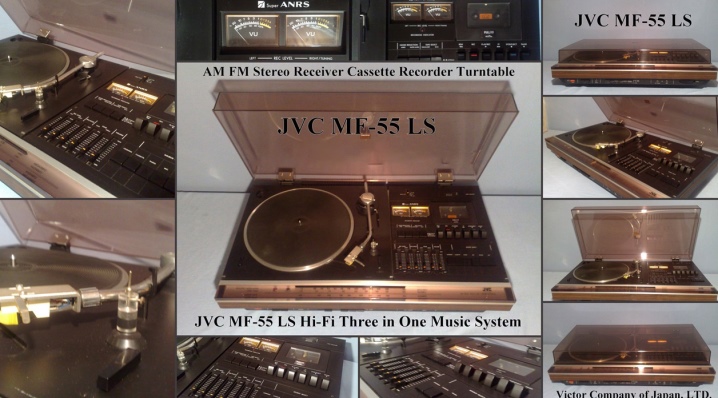
Braun Audio 300 produced from 1969 to 1972. Along with the multi-band tuner, there is a belt-driven turntable. The amplifier built into the device delivers 20 watts per channel. The cost of the musical center of this model was initially far from affordable for everyone - almost 1900 DM.
It is believed that it was the Braun product that became the inspiration for Apple's design.
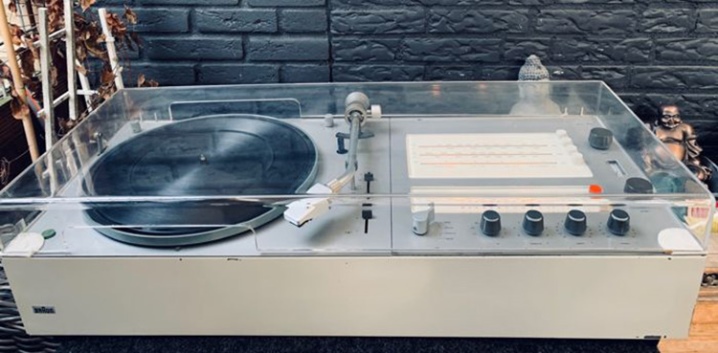
For an overview of the retro music center, see the next video.













The comment was sent successfully.